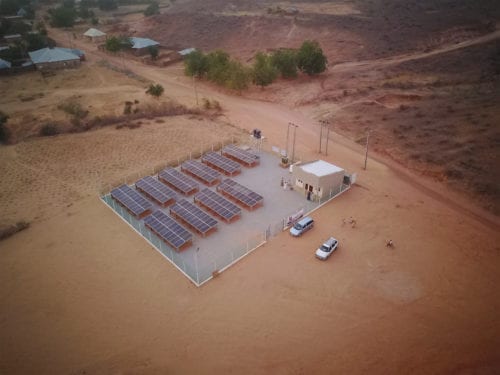Image courtesy of Nigerian Federal Ministry of Power

Report | 2019
Electrifying The Underserved
Collaborative Business Models for Developing Minigrids Under the Grid
In Nigeria alone, thousands of rural communities could be best served by undergrid minigrids.
Funded by All On, this report by RMI, Clean Technology Hub, and Energy Markets and Rates Consultants explains how to access this opportunity. Implementing 4,000 undergrid minigrid projects has the potential to save Nigerian distribution companies $30–60 million annually while offering minigrid owners $1 billion in annual revenue and saving communities $170 million in yearly energy expenditures. However, the undergrid minigrid opportunity is a new concept, and exploratory projects are needed to test and refine potential business models.
This report is designed to help stakeholders—including minigrid operators, DisCos, investors, and communities—clearly understand the process of developing an undergrid minigrid project. We articulate four business models that can be implemented under today’s social, political, and economic environment including a minigrid operator-led approach in which a private minigrid operator leads development in consultation across the distribution company and community, a special purpose vehicle (SPV)-led model where the SPV may include distribution company investors, a cooperative-led approach formed by the community to lead minigrid development, and a collaborative SPV-led model where ownership and operation are shared among stakeholders.
Initial proof of concept can allow undergrid minigrids to scale quickly both within Nigeria and globally, wherever utilities are not able to fully serve all customers and distributed energy resources can help provide cost-effective local power.
In Partnership With:
